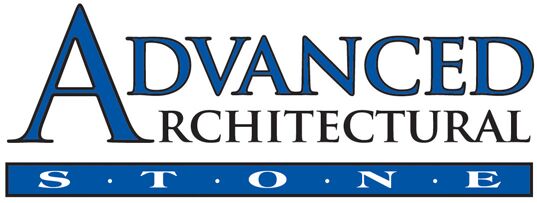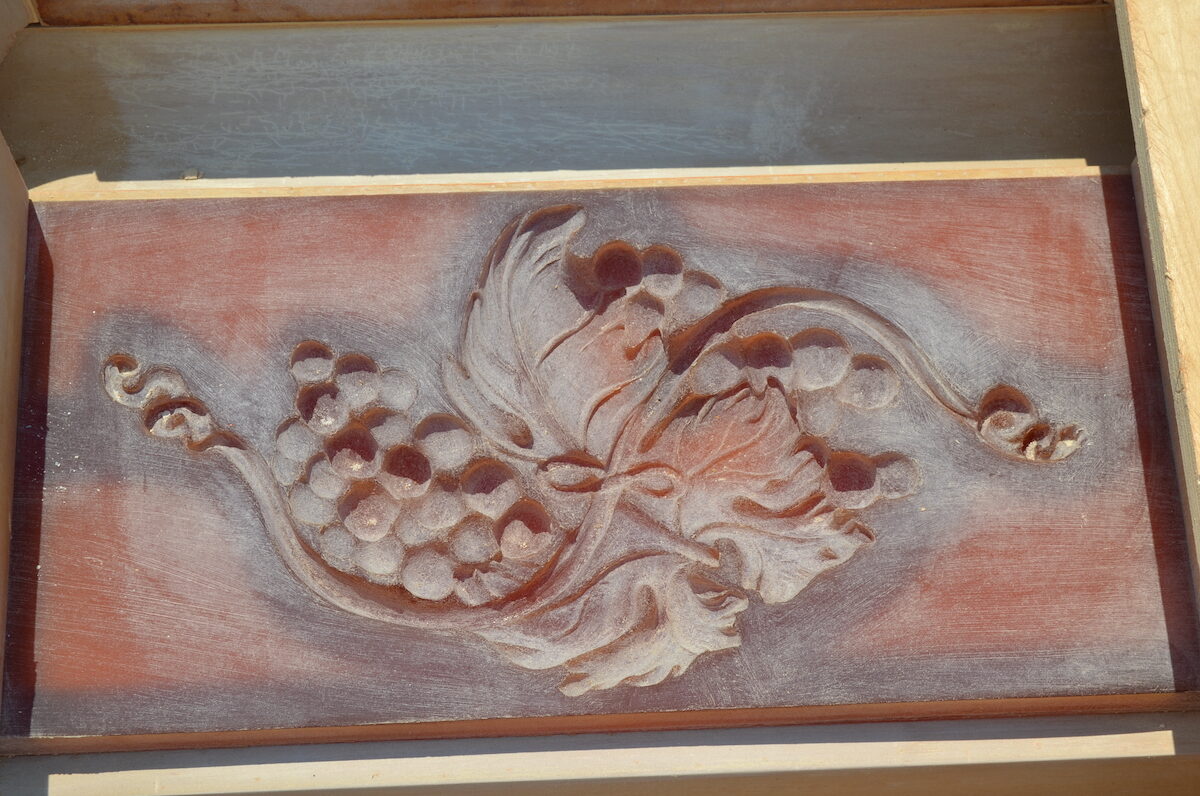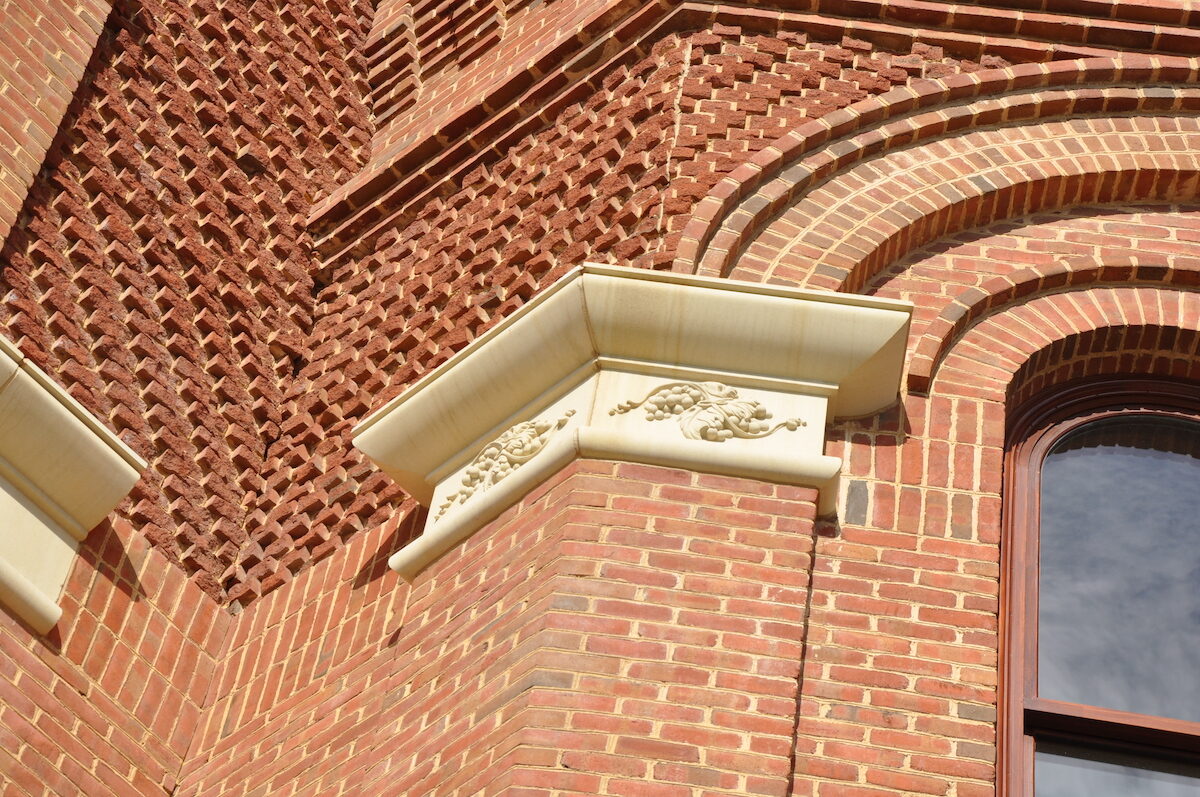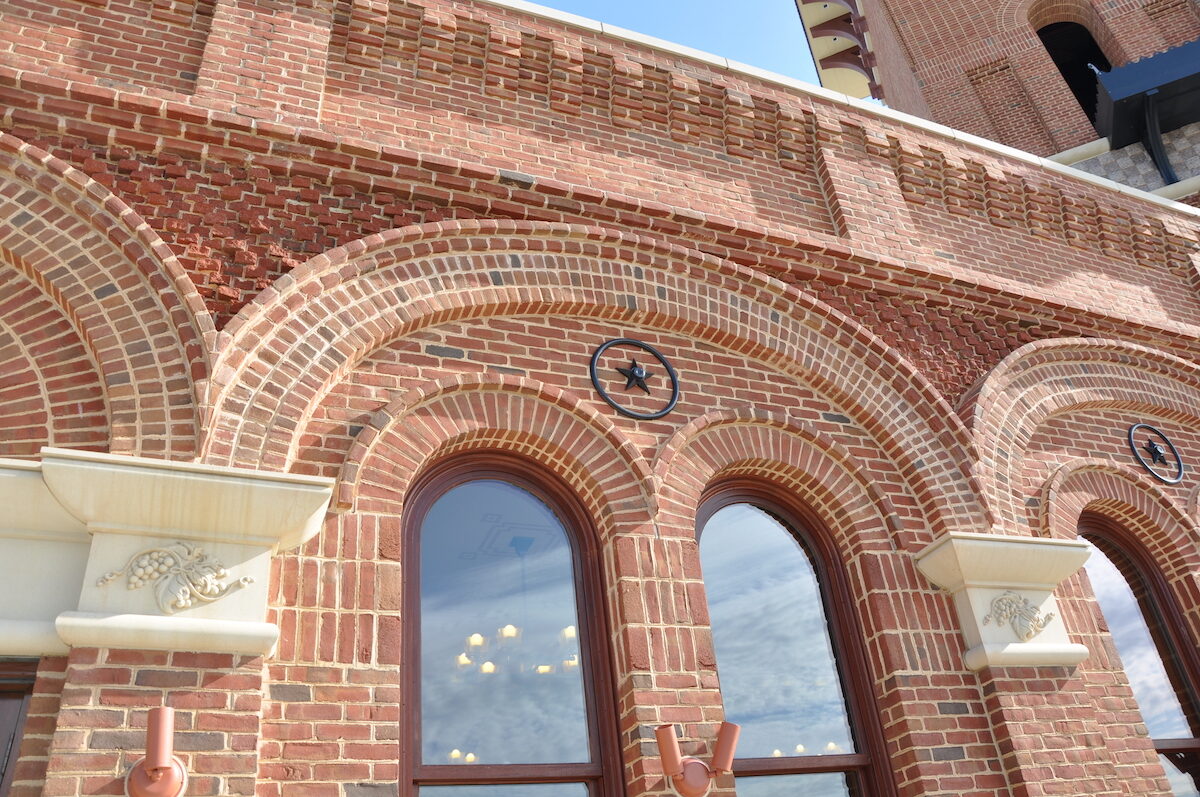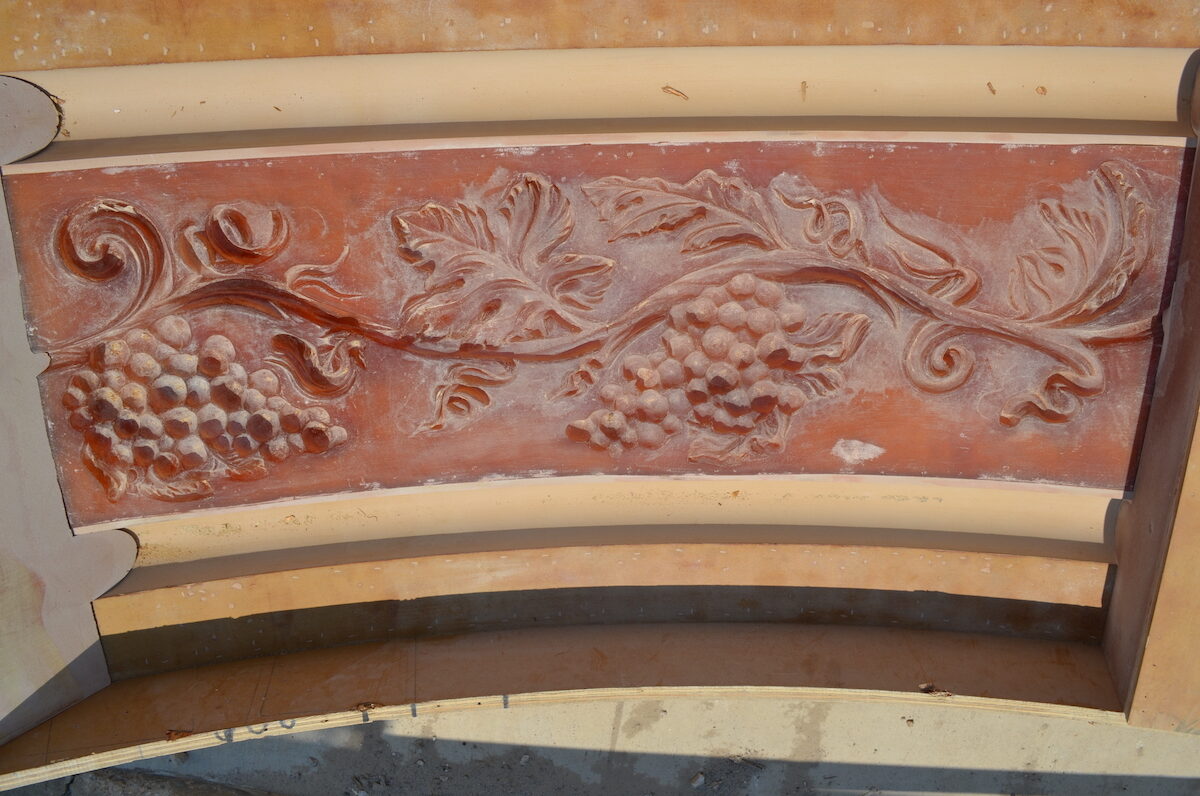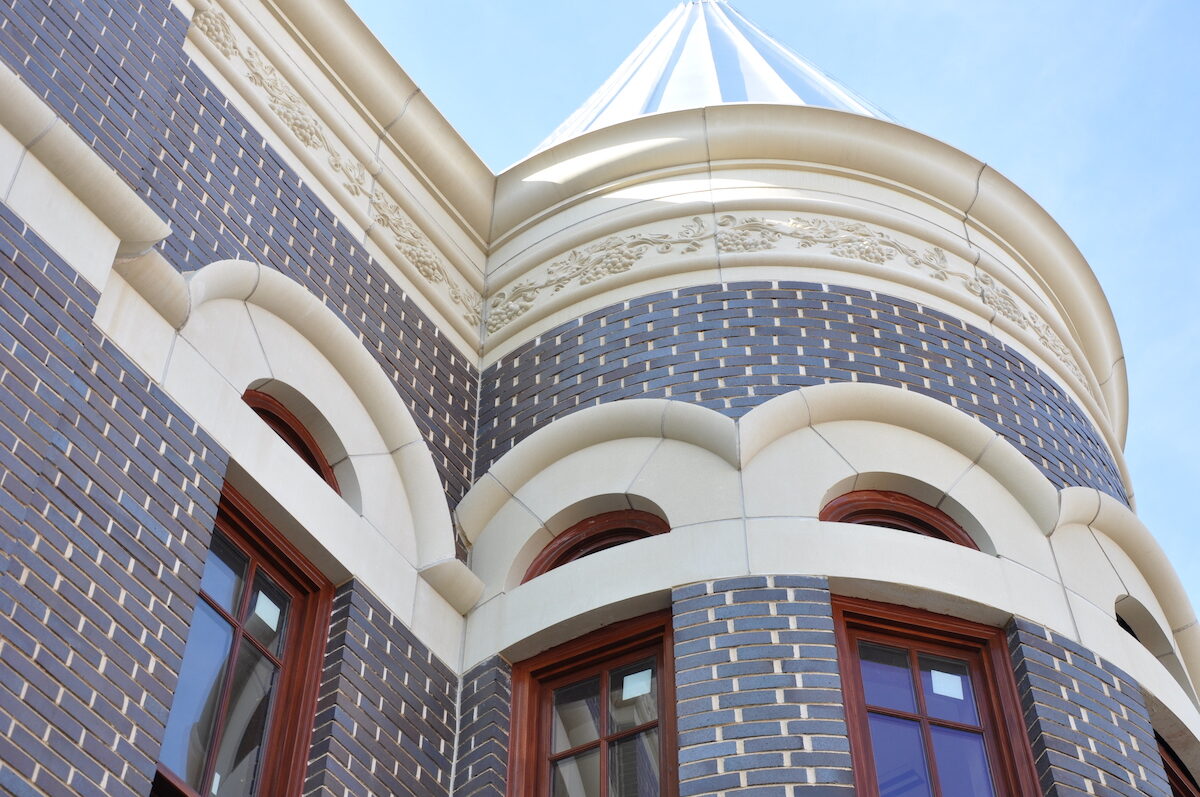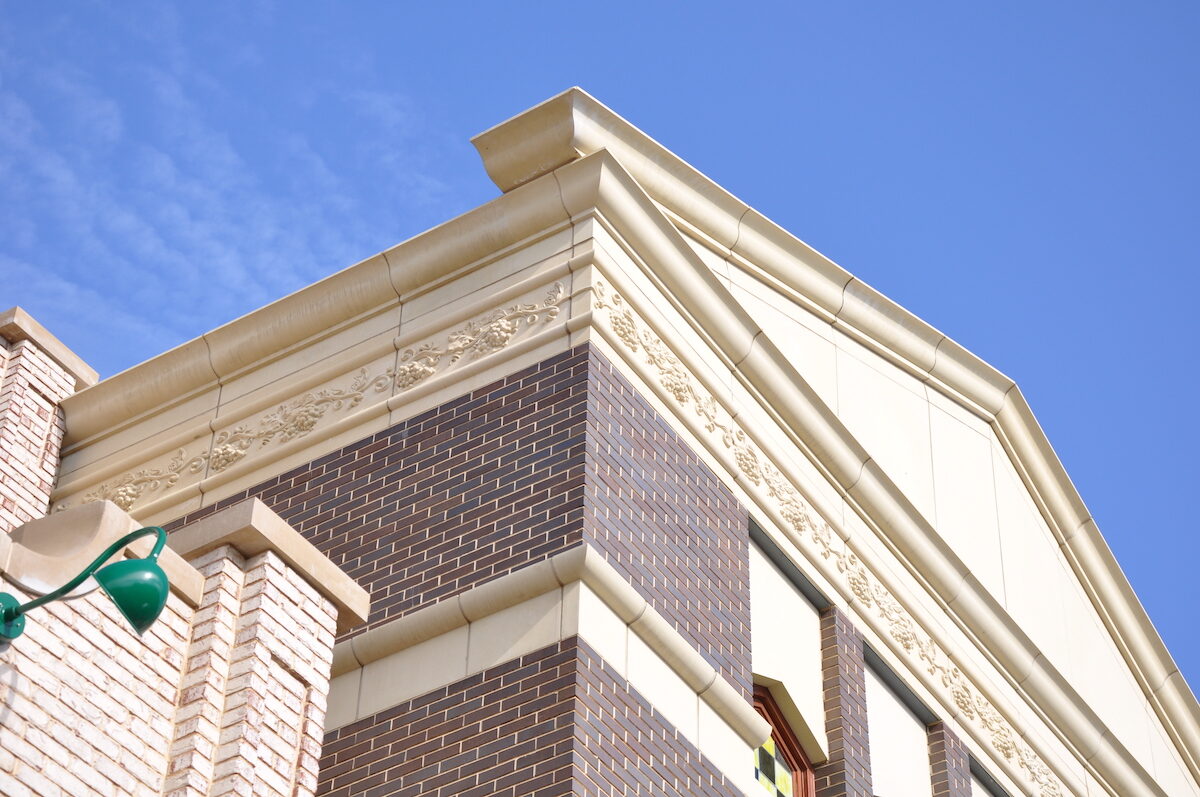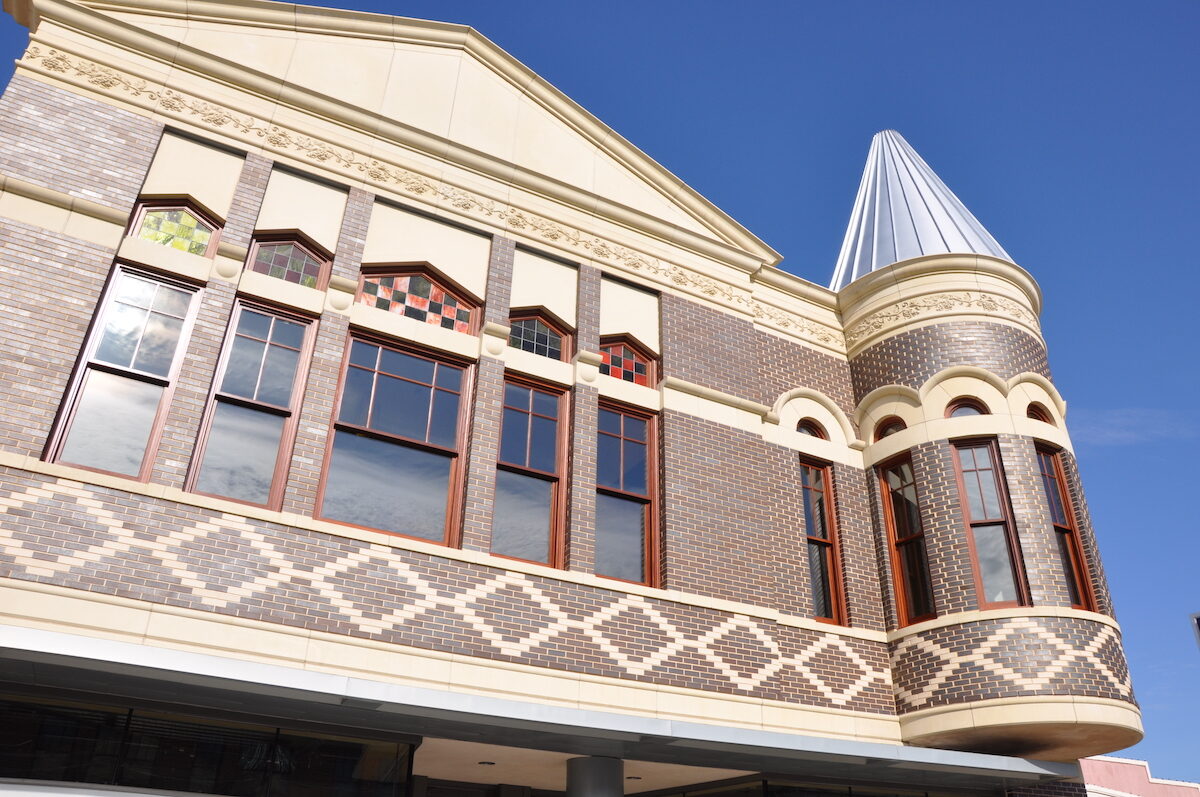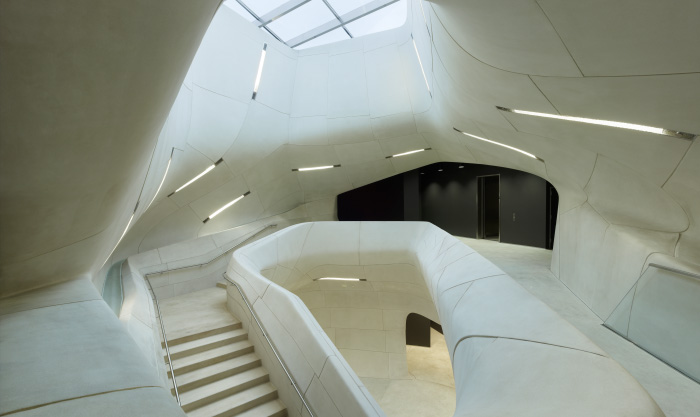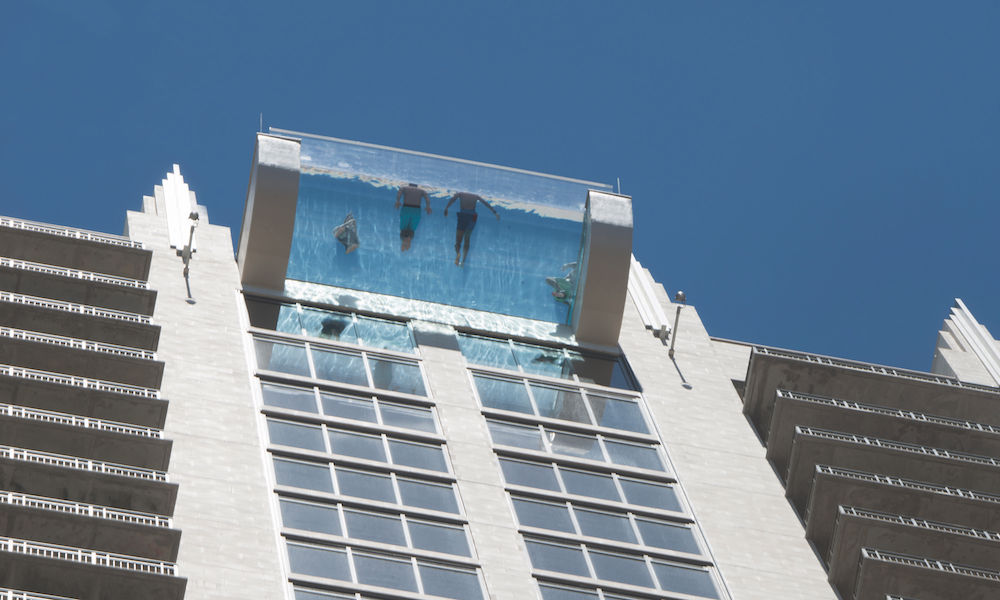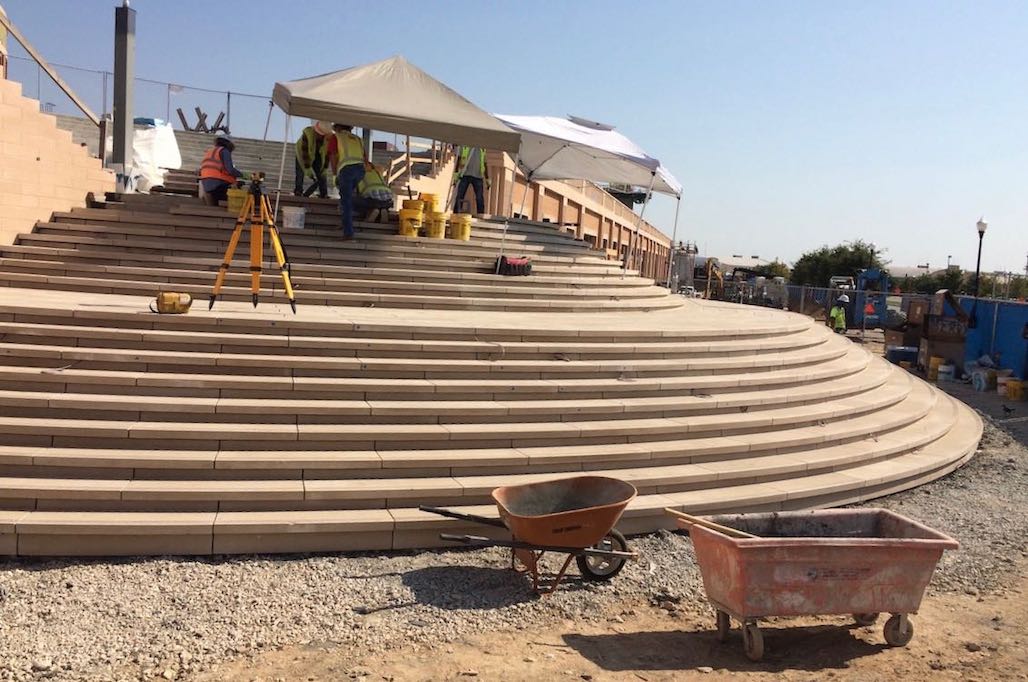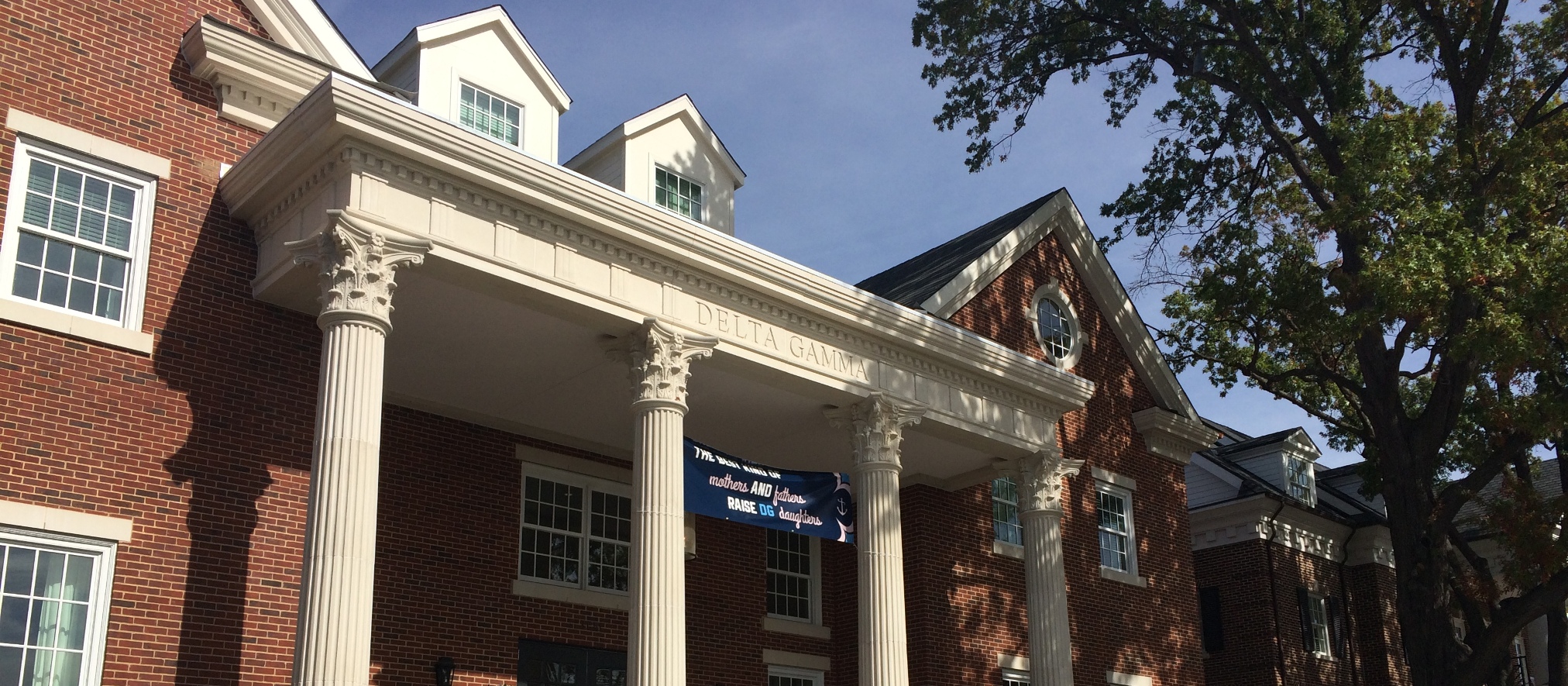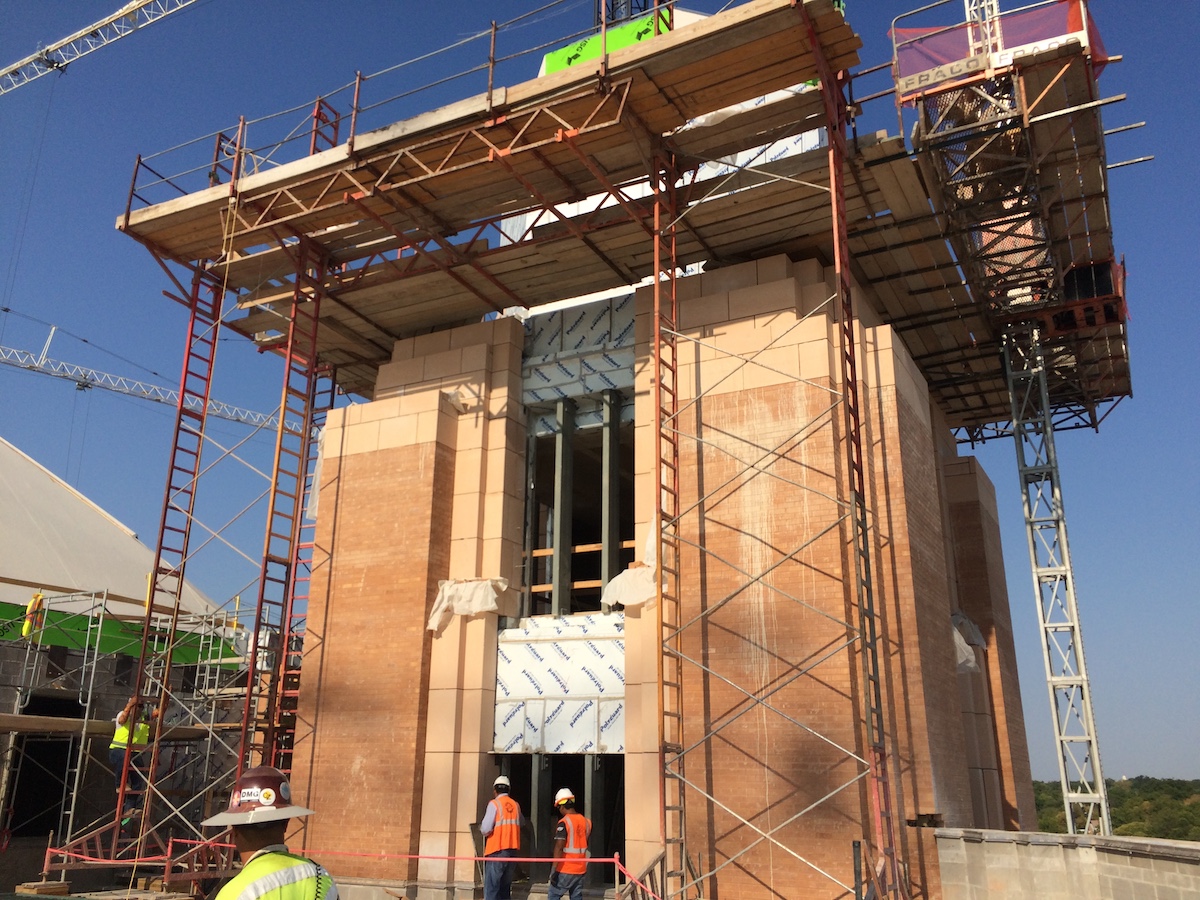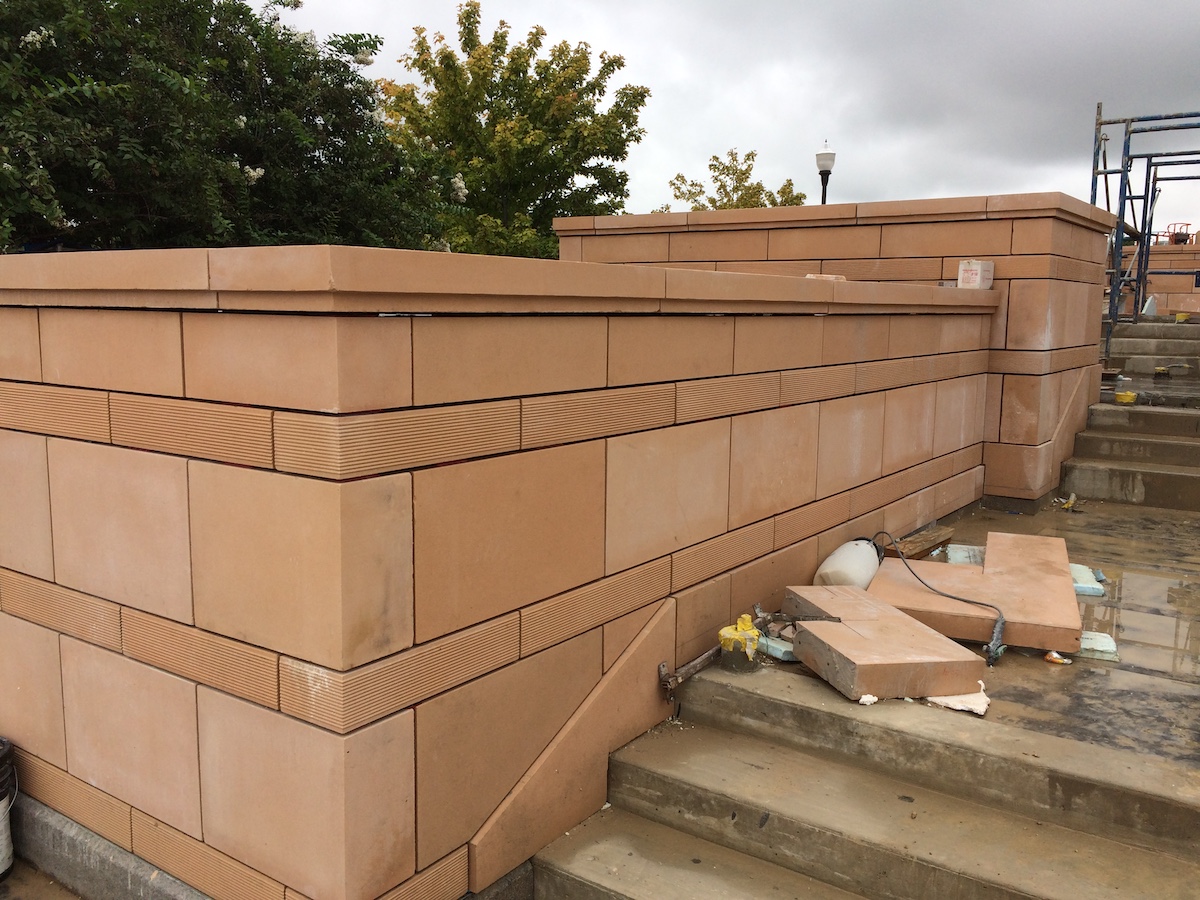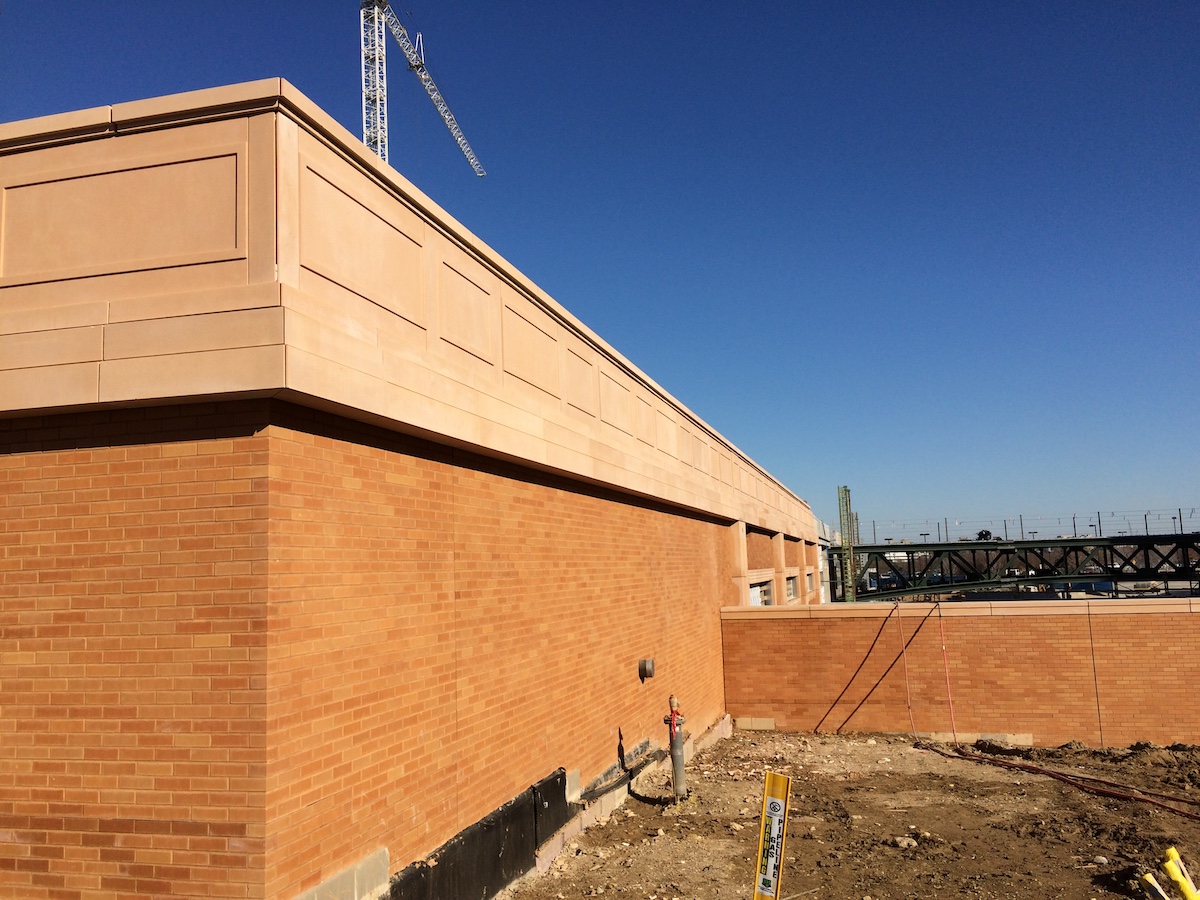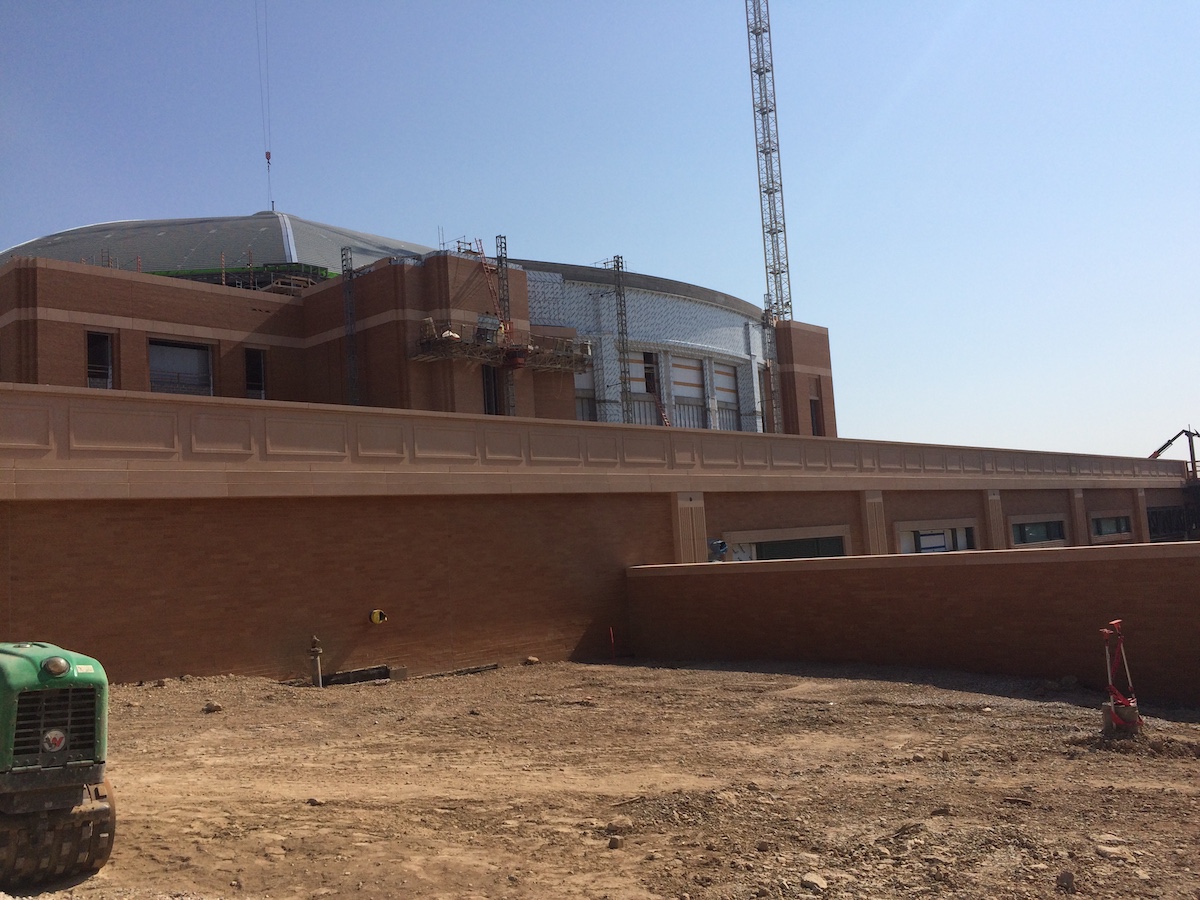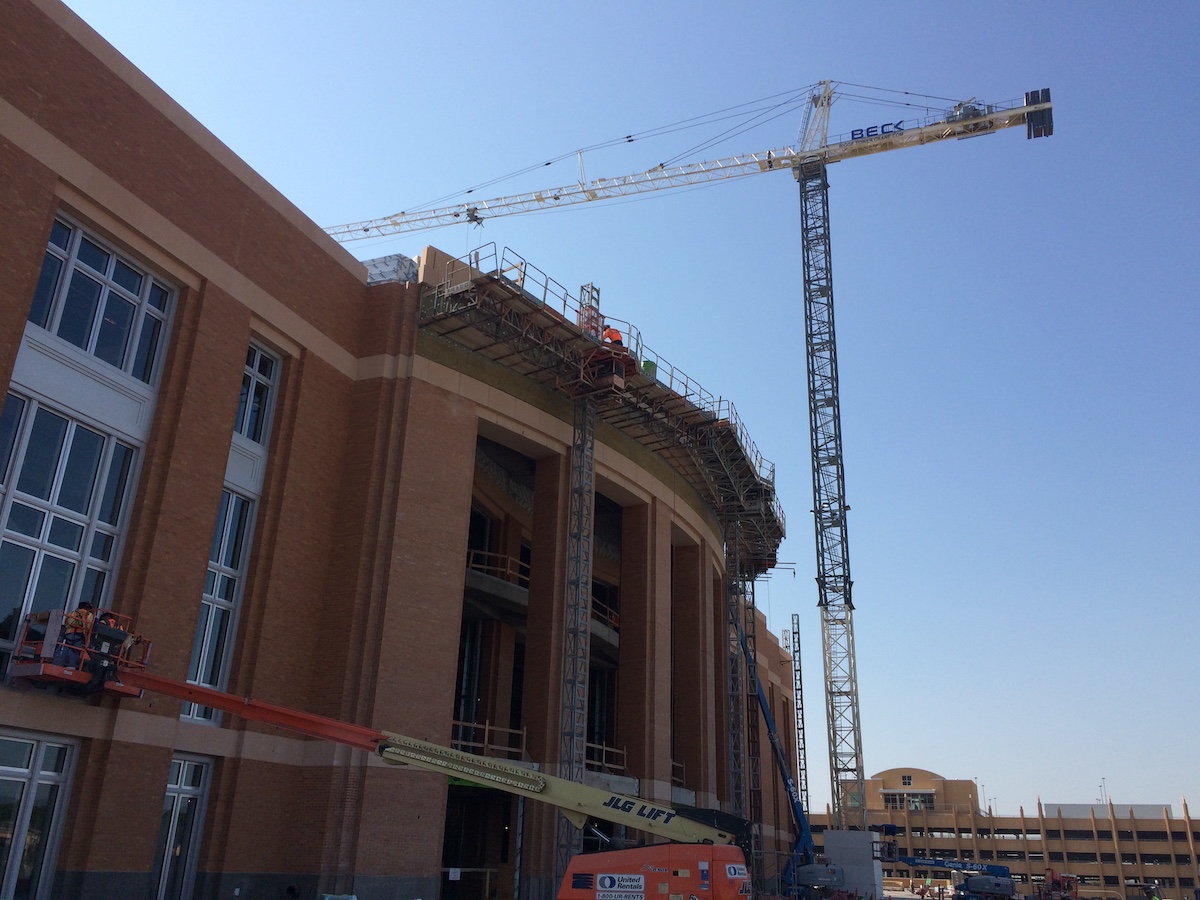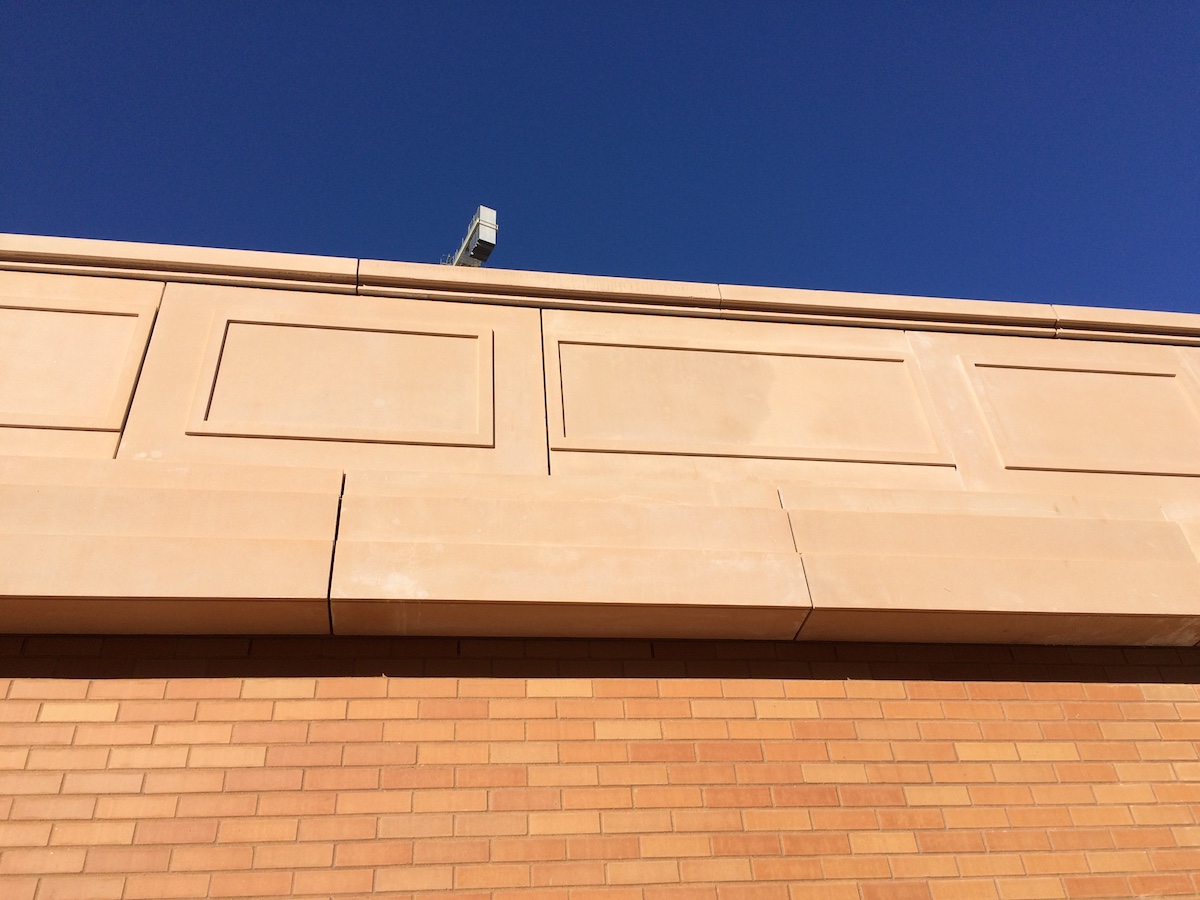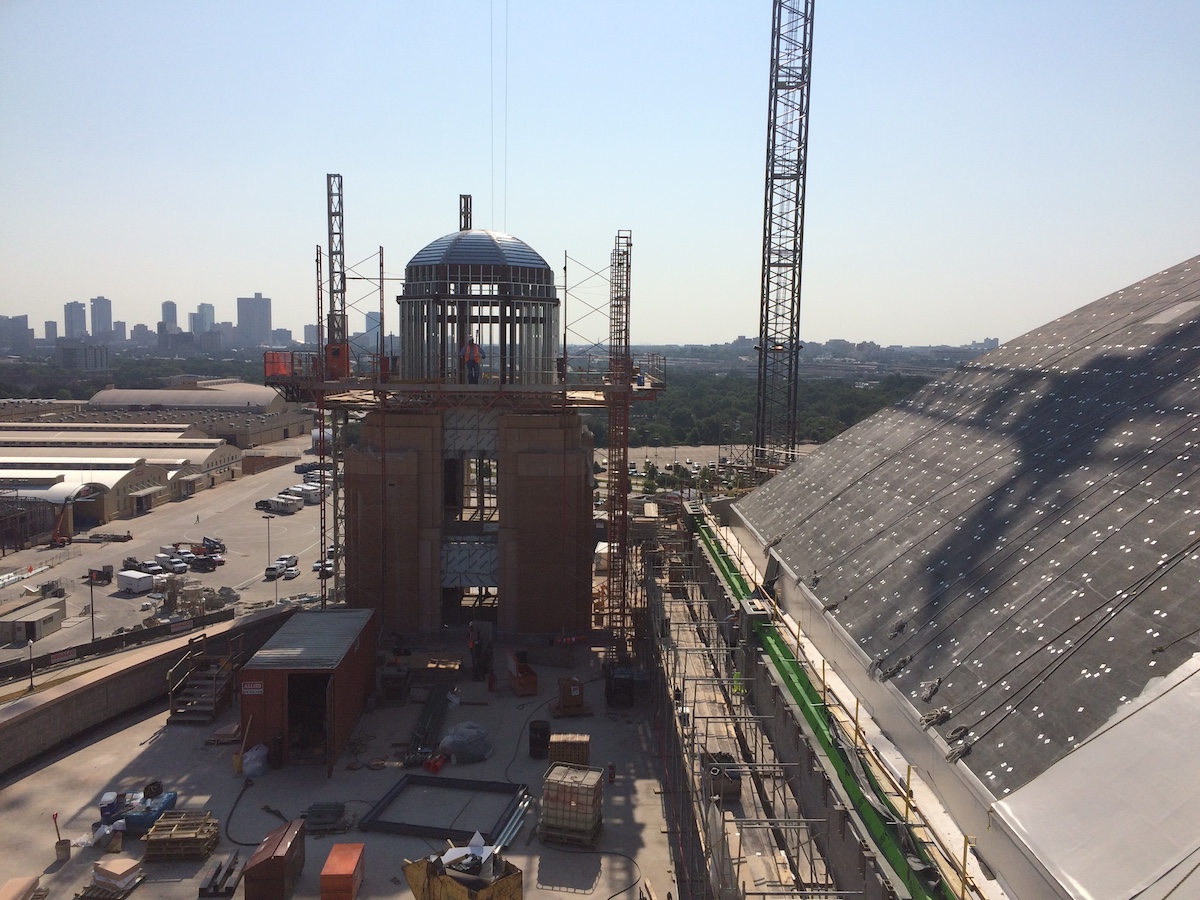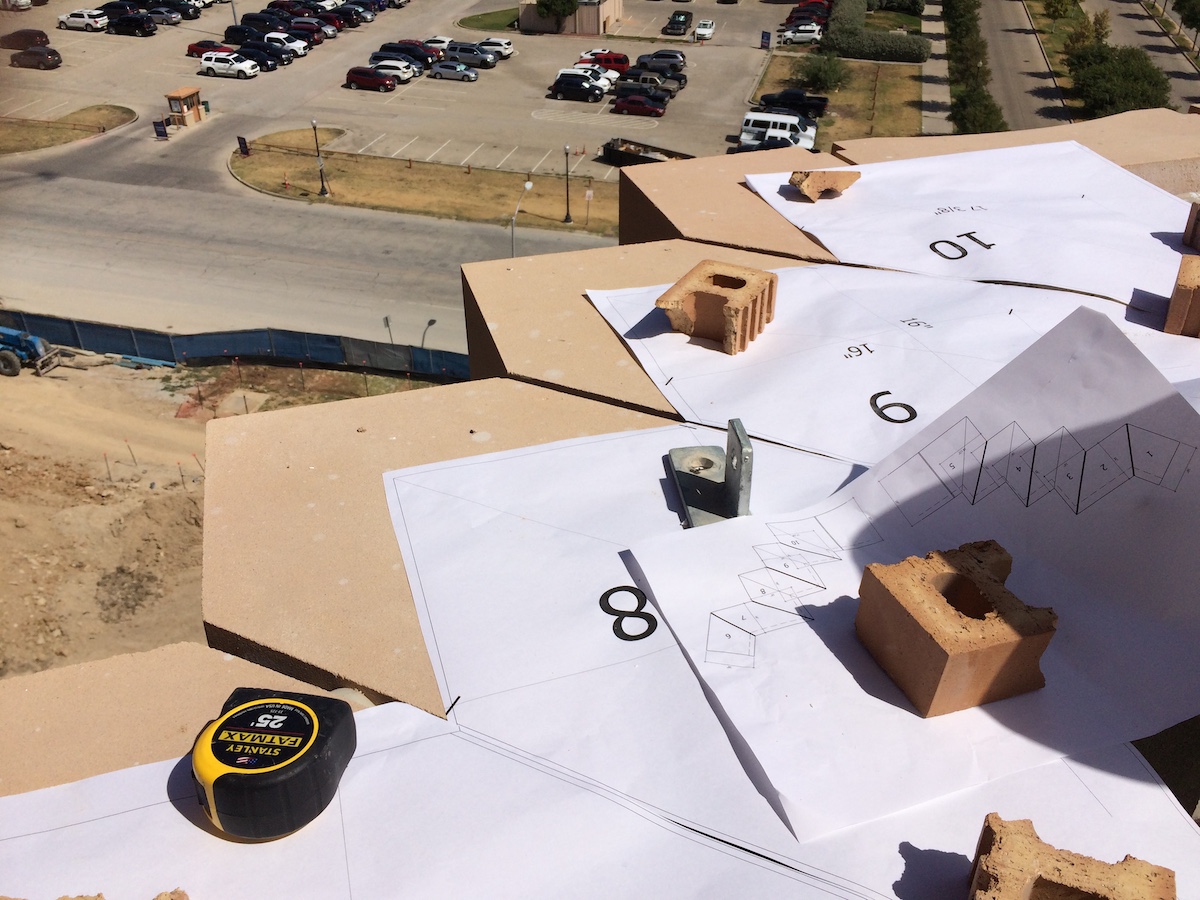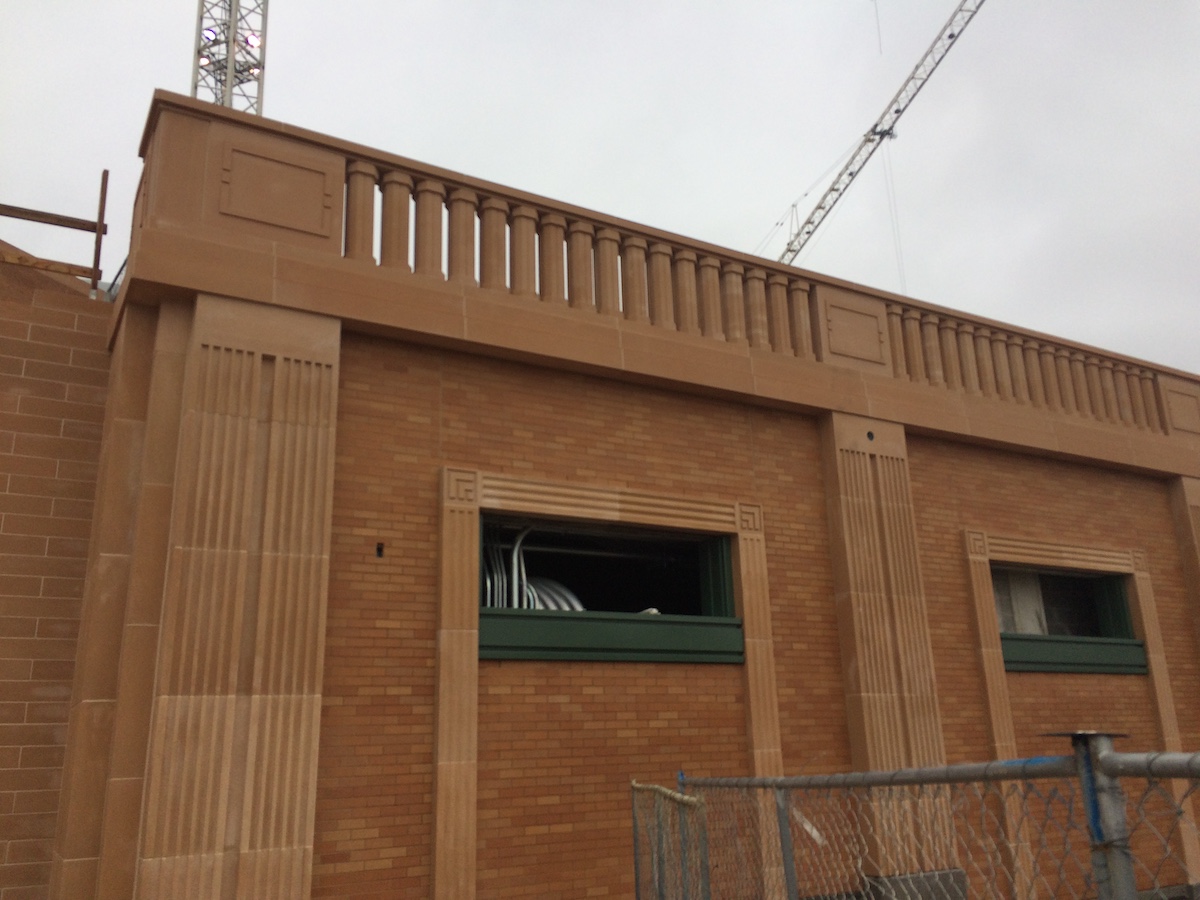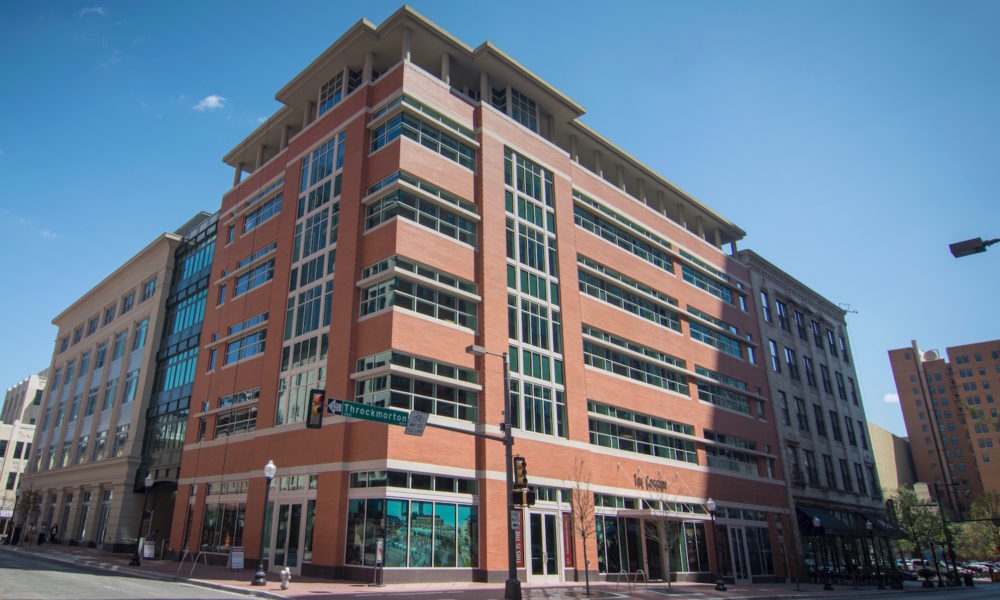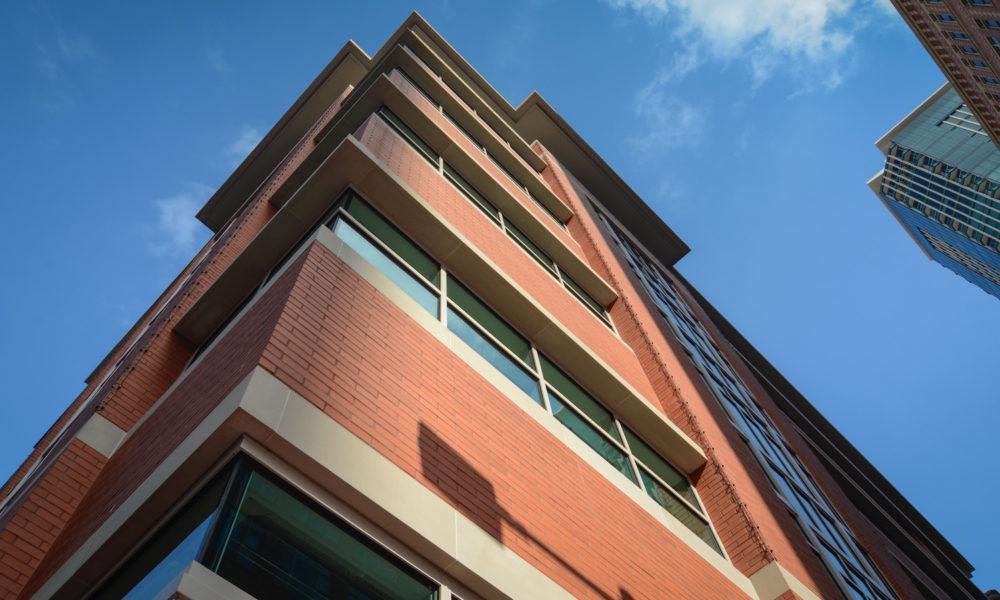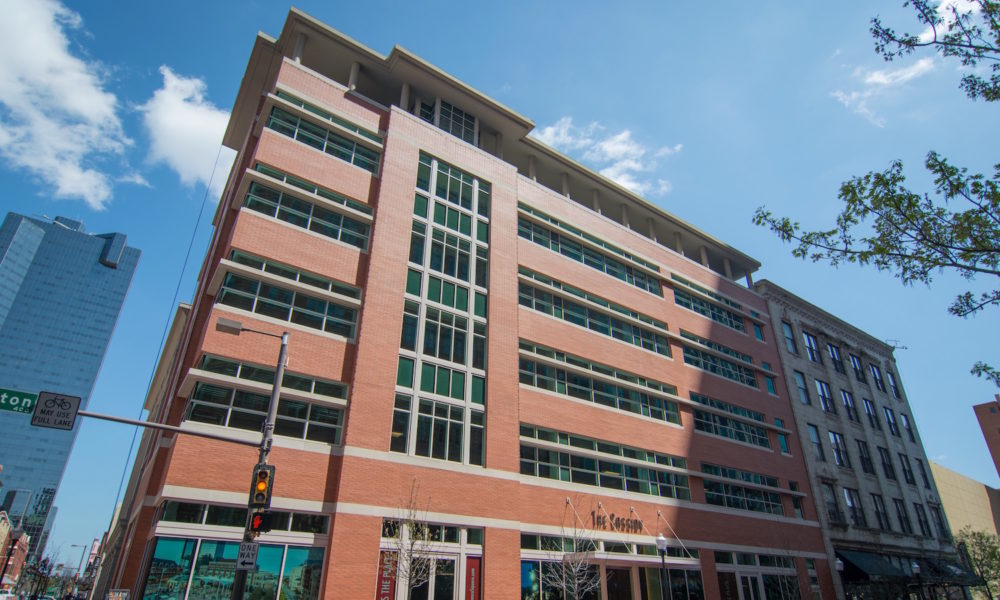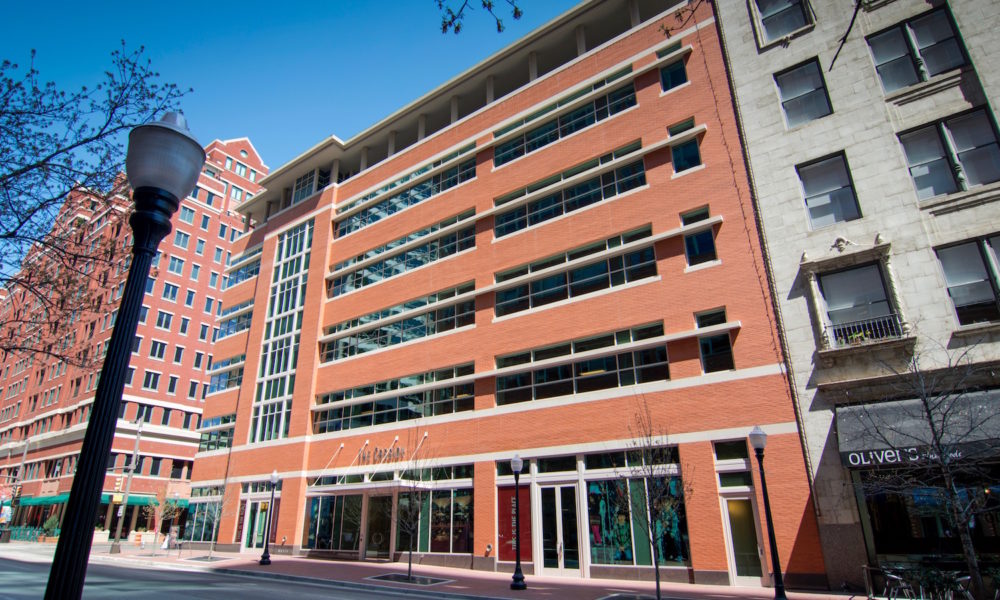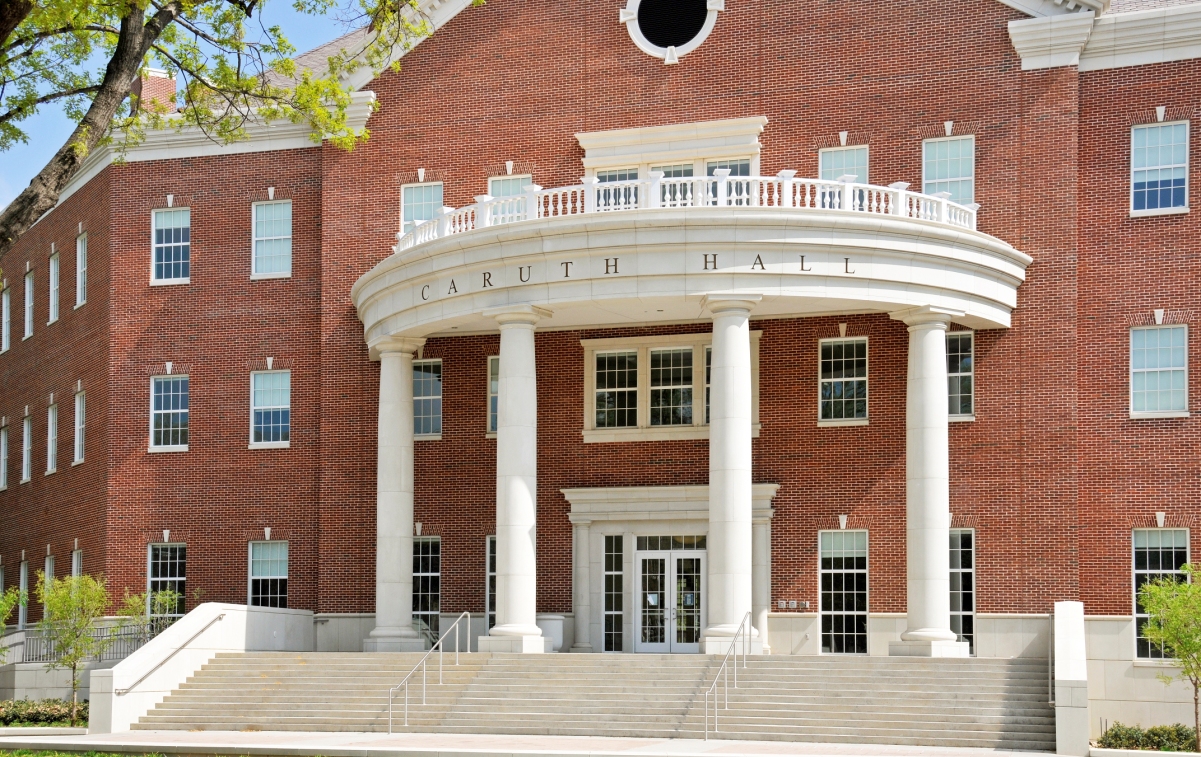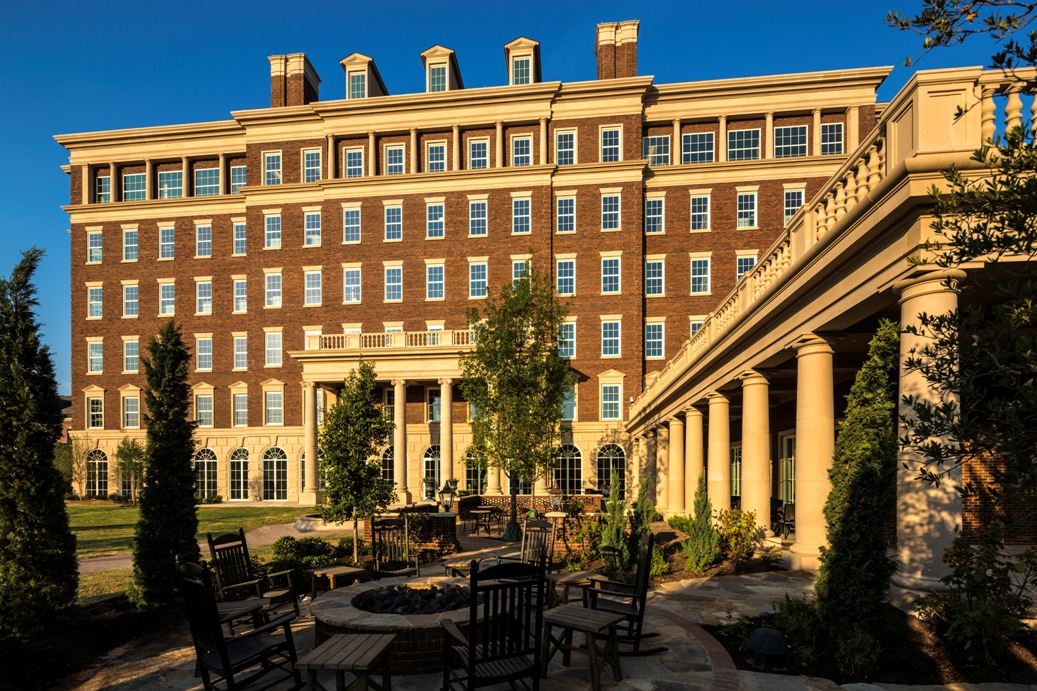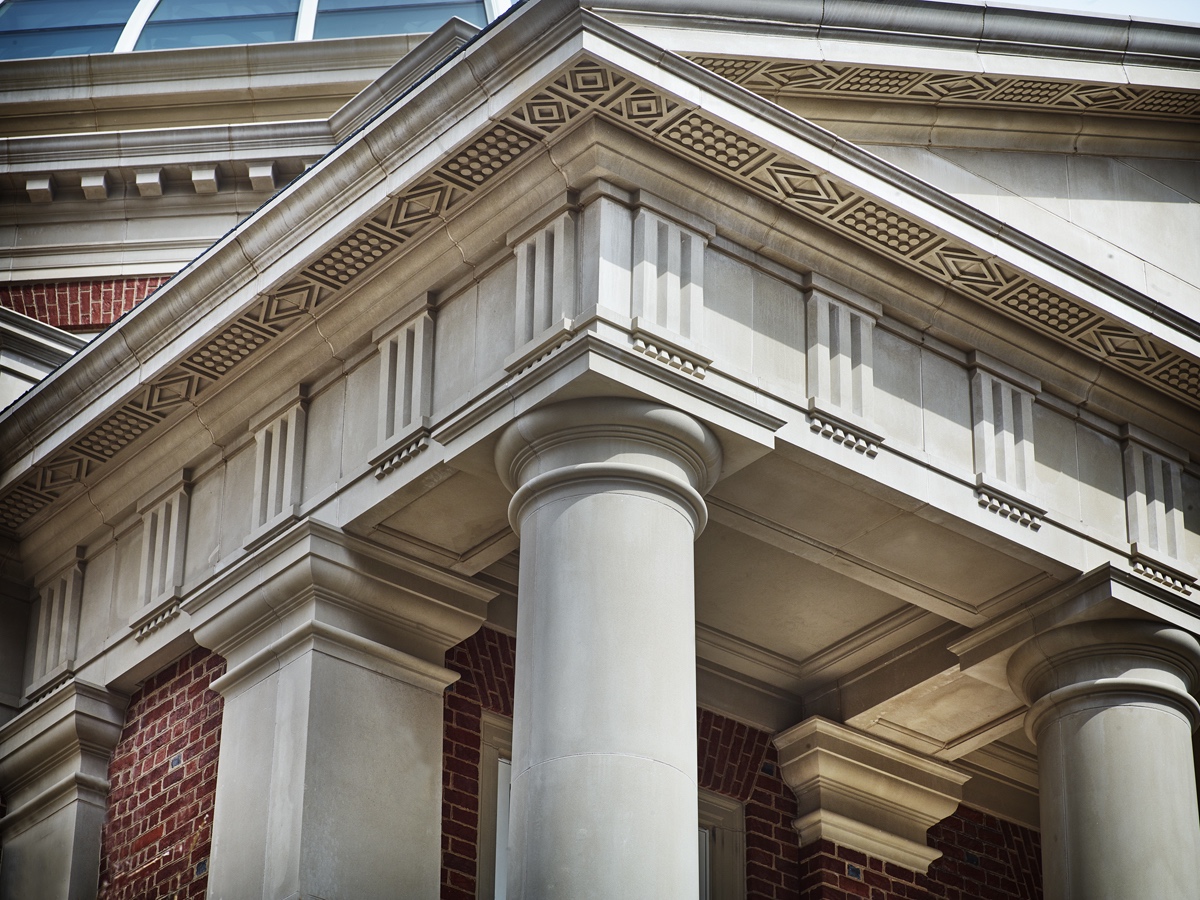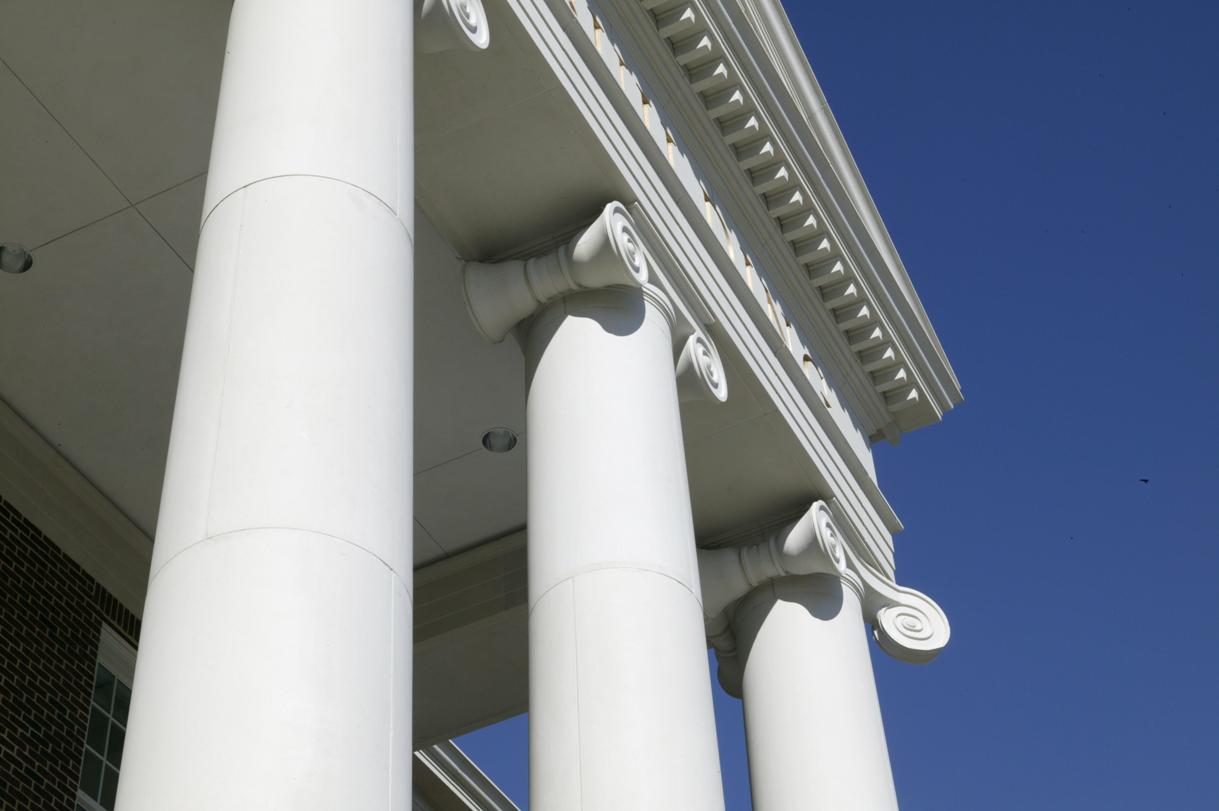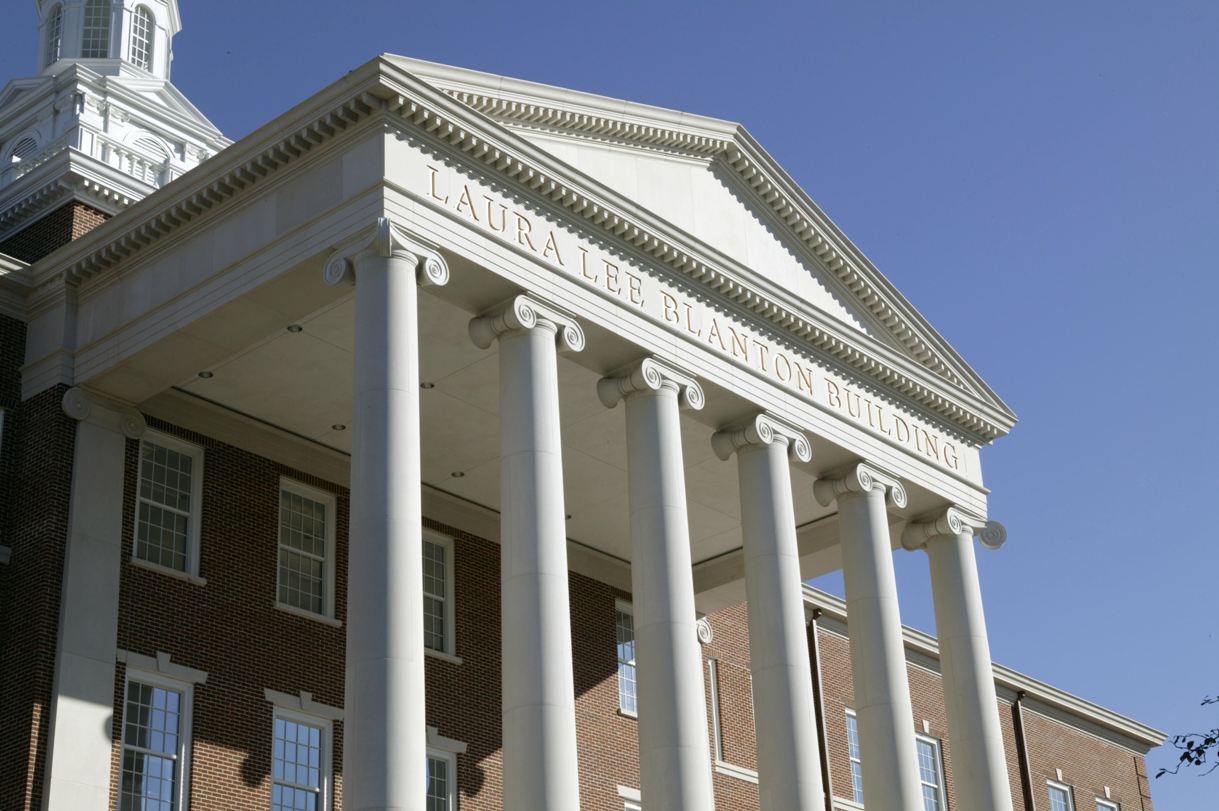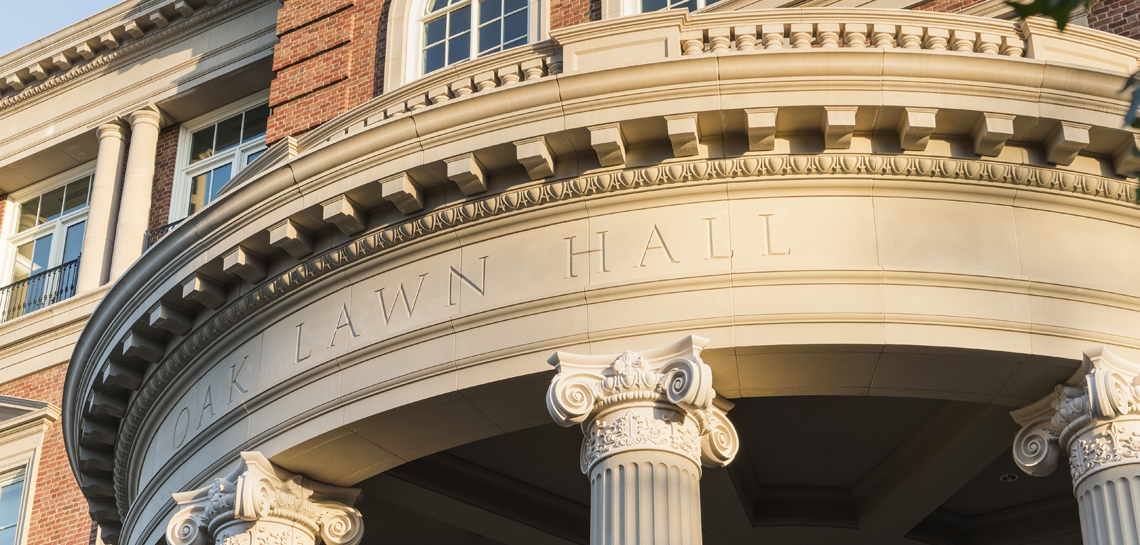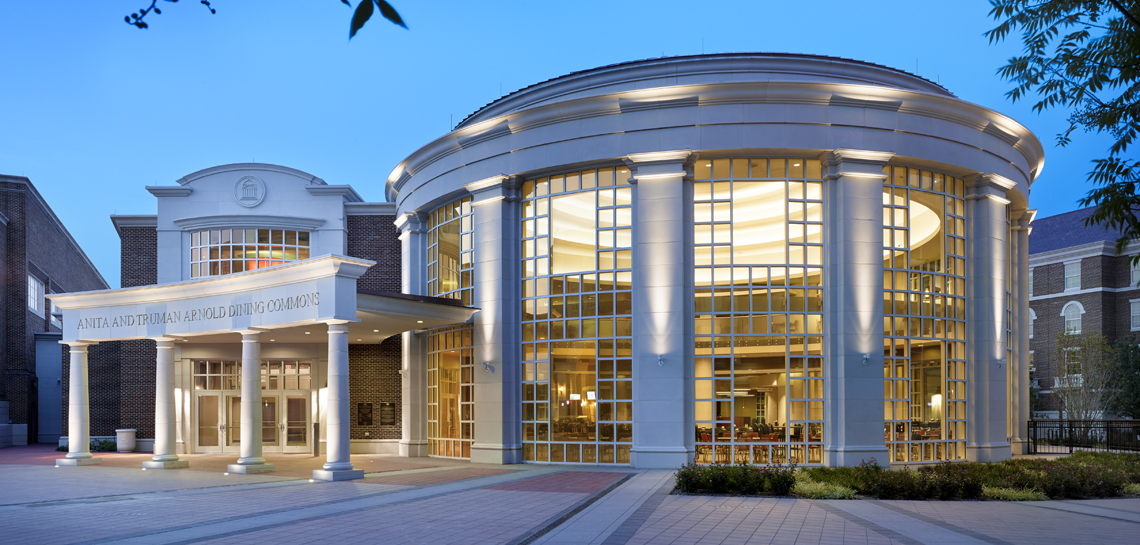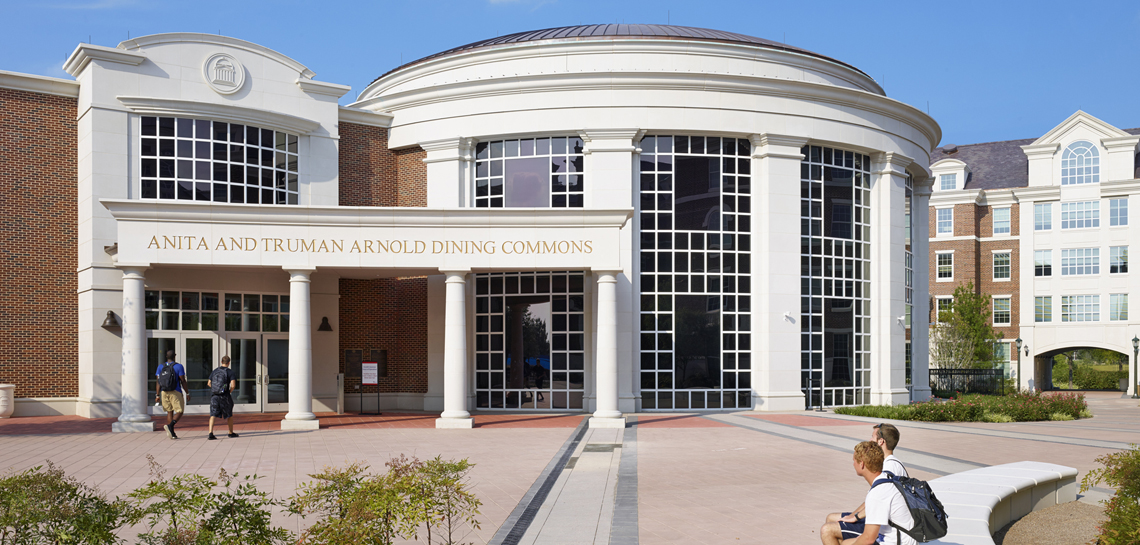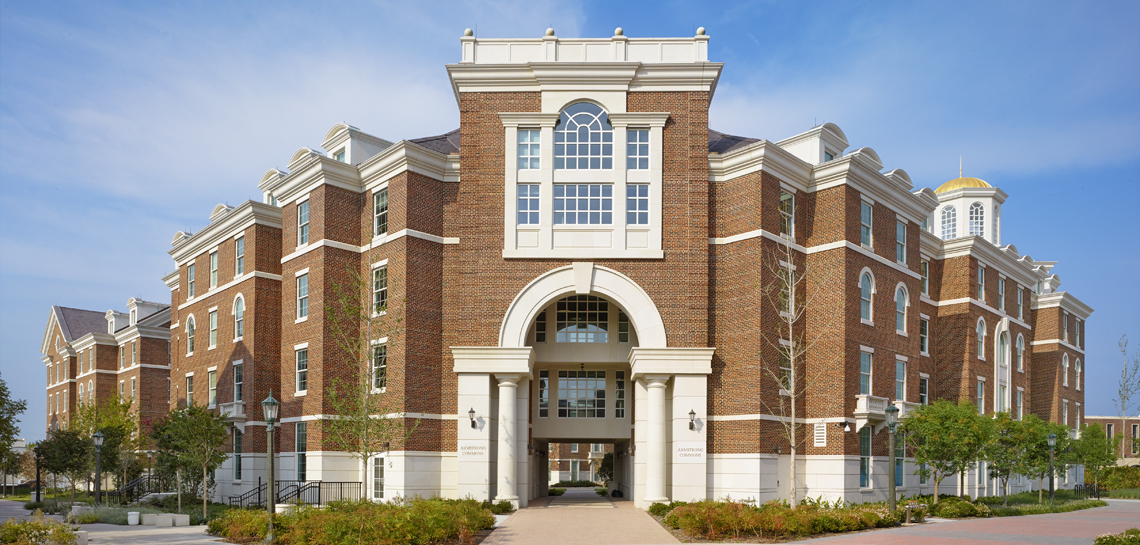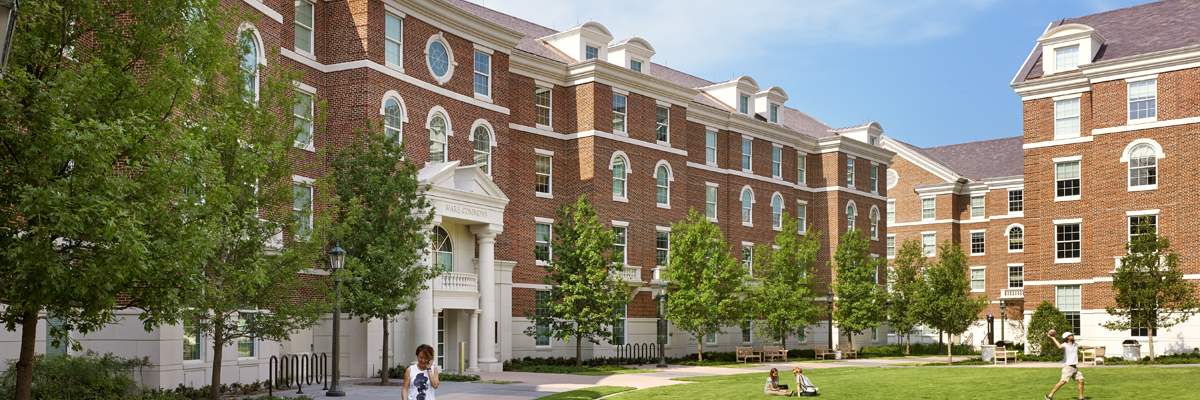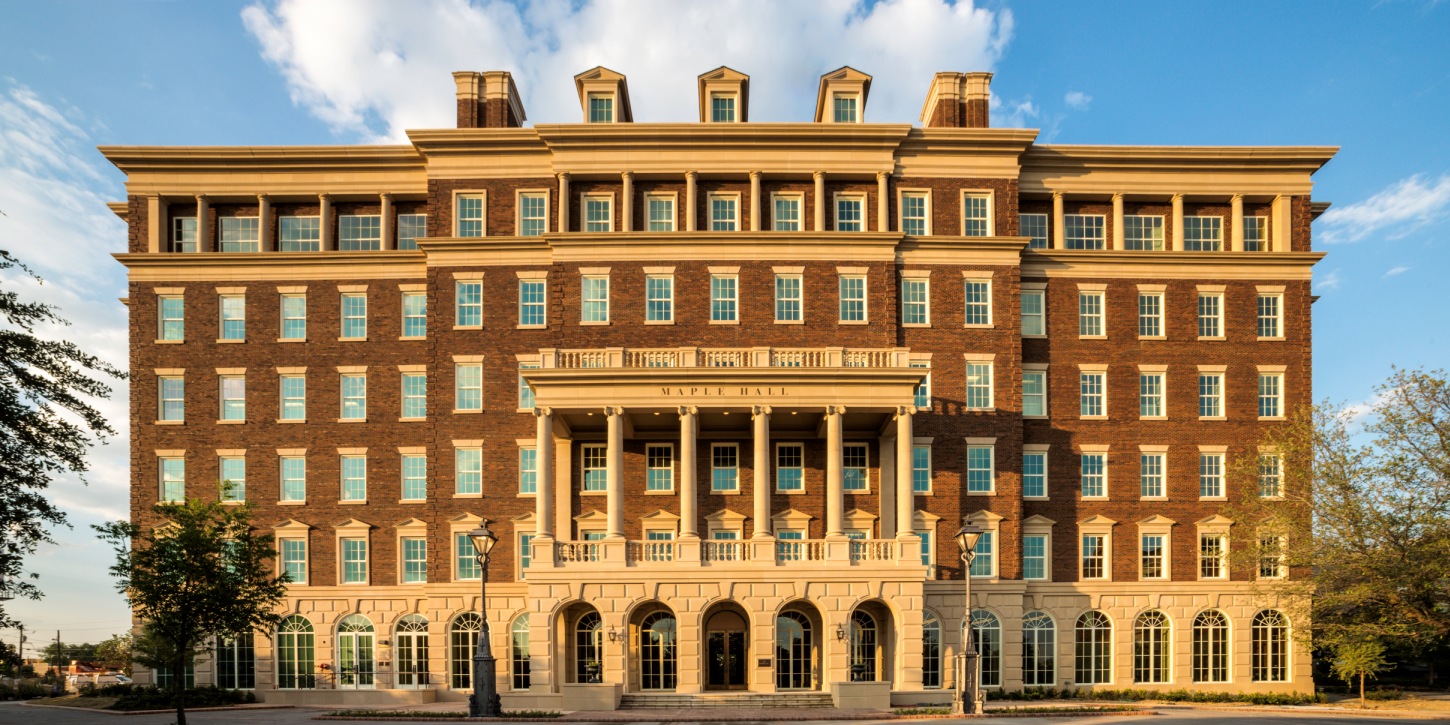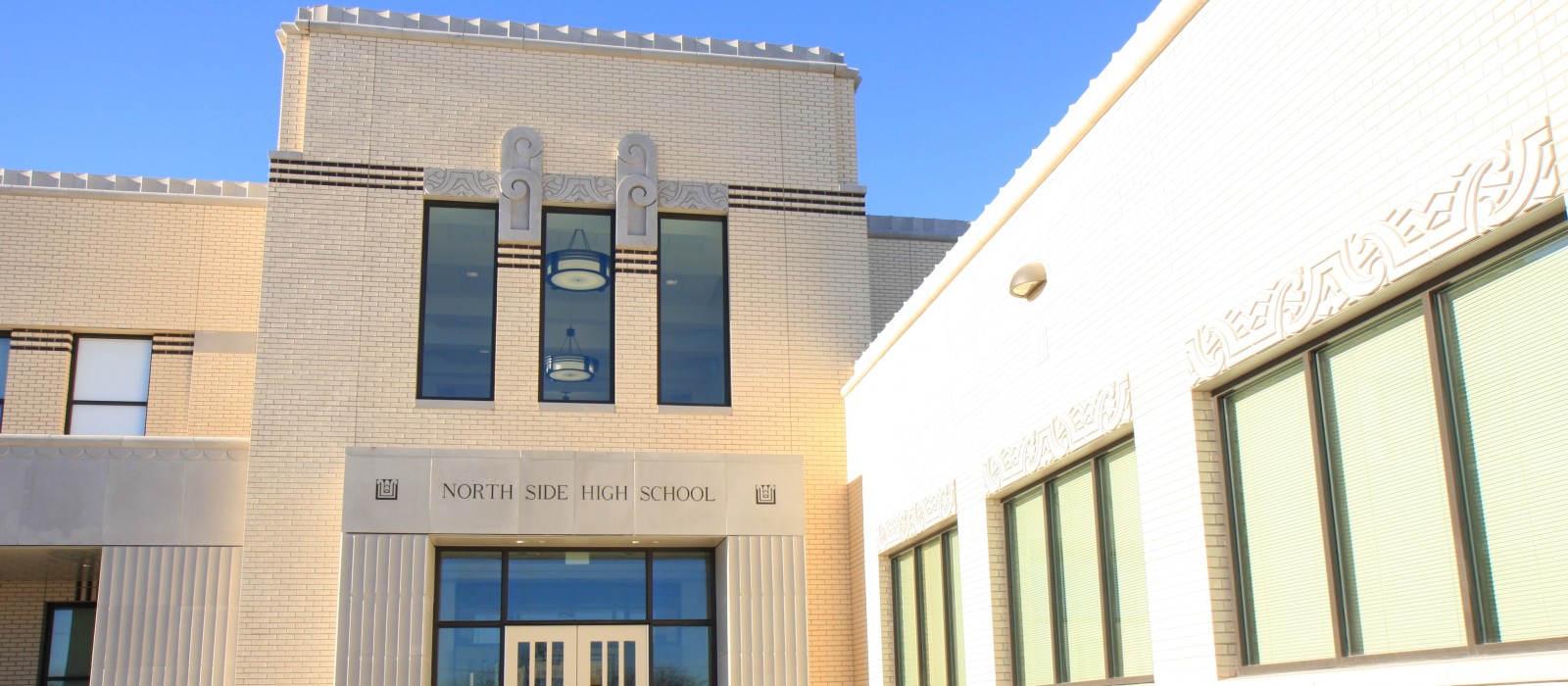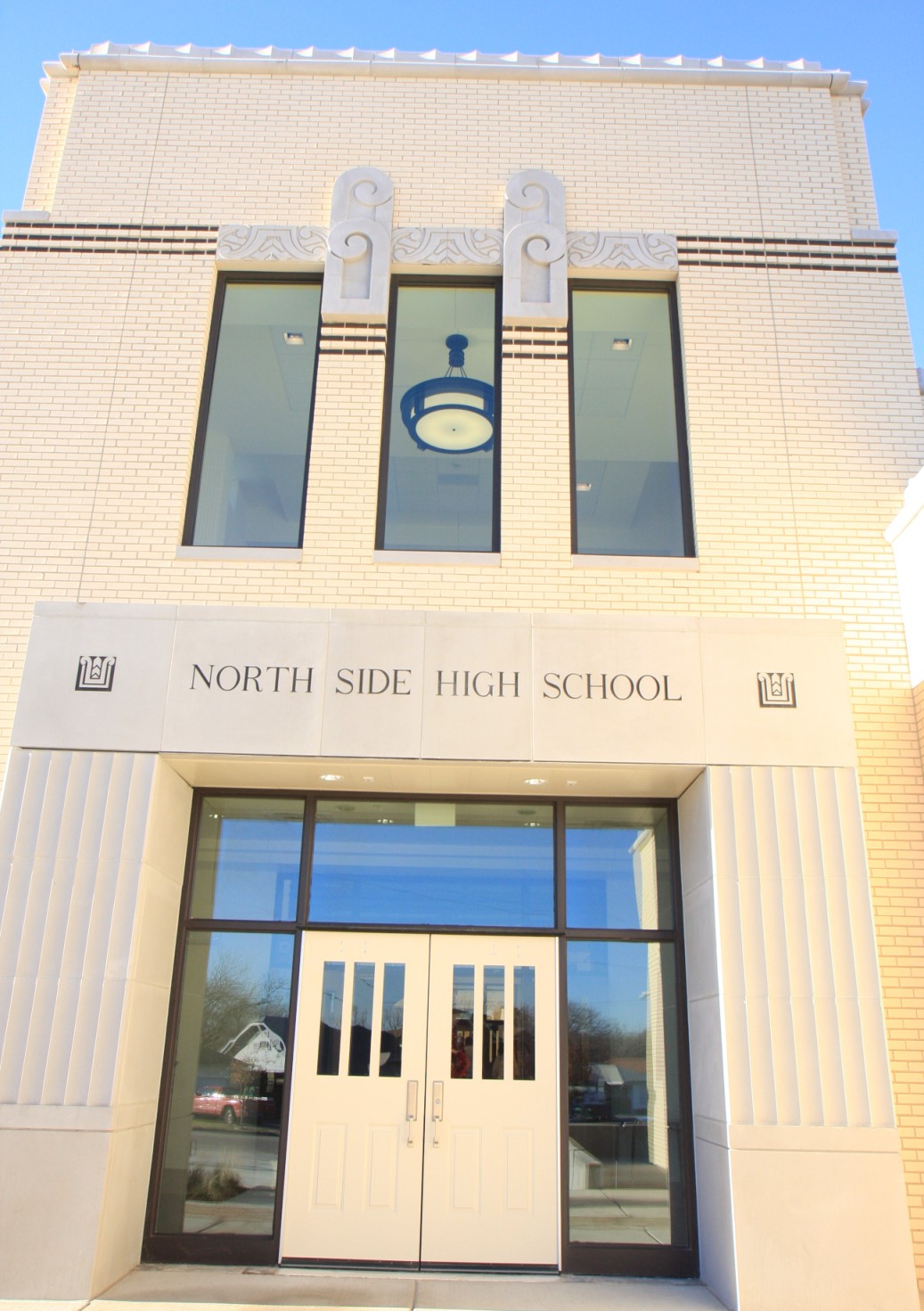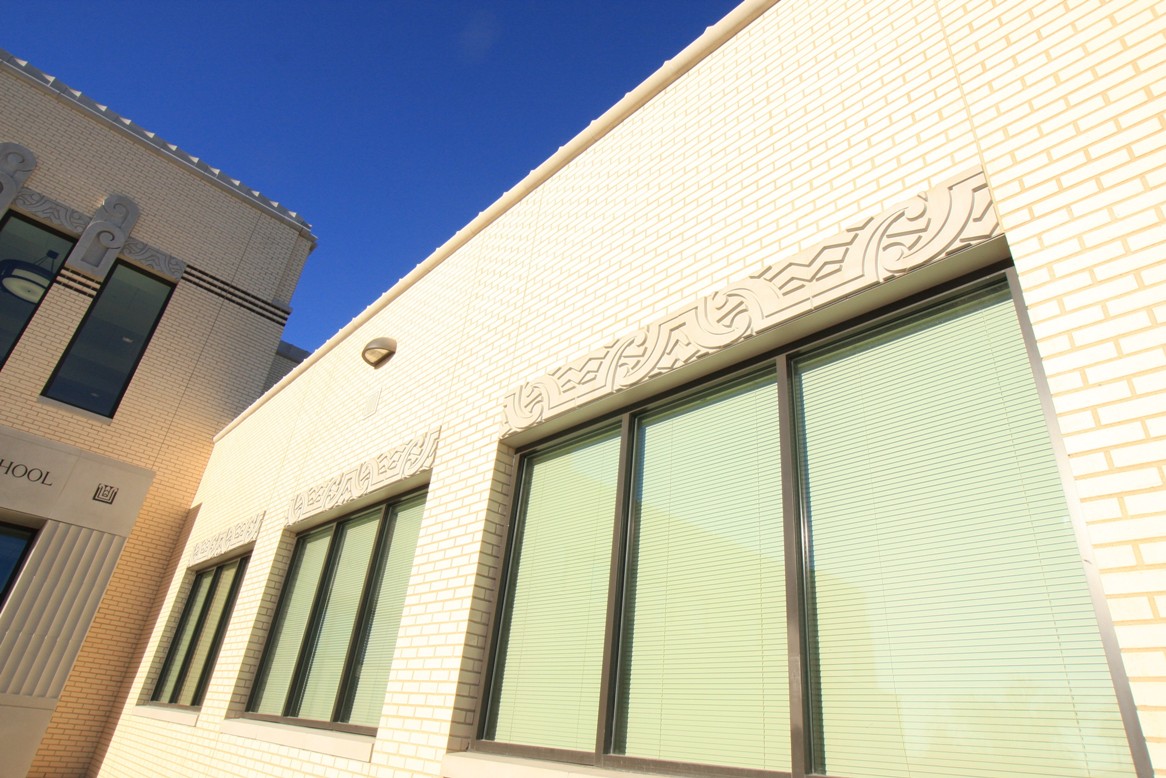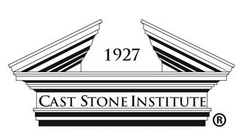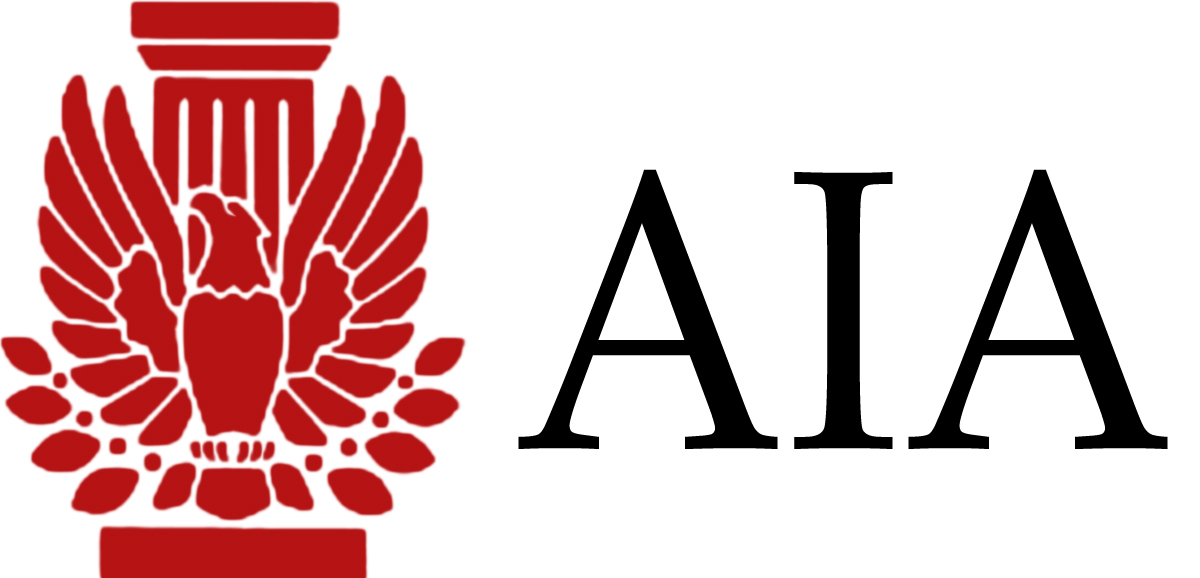The design intent with the renovation of the Grapevine Convention Center project was to preserve the cultural heritage of the historic town on the buildings’ exterior. The interior spaces serve as the modern-day city administration offices.
The architect determined to incorporate grapevines into the design elements of the series of buildings. When the project started, the architect had not decided on the material to use for the grapevine pattern. After numerous meetings with our company, the architect settled on cast stone as the material to use to convey the historical beginnings of the community. Cast stone copings, pier caps, and water tables all were produced with a grapevine design.
All that the assignment for the grape leaf design was only a simple 2-dimensional drawing. In order to make the design, Advanced Cast Stone worked with its commercial artist to form a design that was suitable in size and relief. Rubber molds were finally made to capture the creativity of the artwork.
While molds were difficult since the amount of detail desired for the grape leaf is very subjective, its use on the various surface areas of the building further complicated mold production. The design was used on several areas of the structure, such as a typical long flat wall, on radius arches, and at curved sections in the turret areas. At each area of the building, the grape design needed to align with windows, mullions, and other elements of the building. This required careful adjustments to the mold and the pieces of stone to provide overall alignment with the other components of the building.
> LEARN MORE: CREATIVE STONE ART
